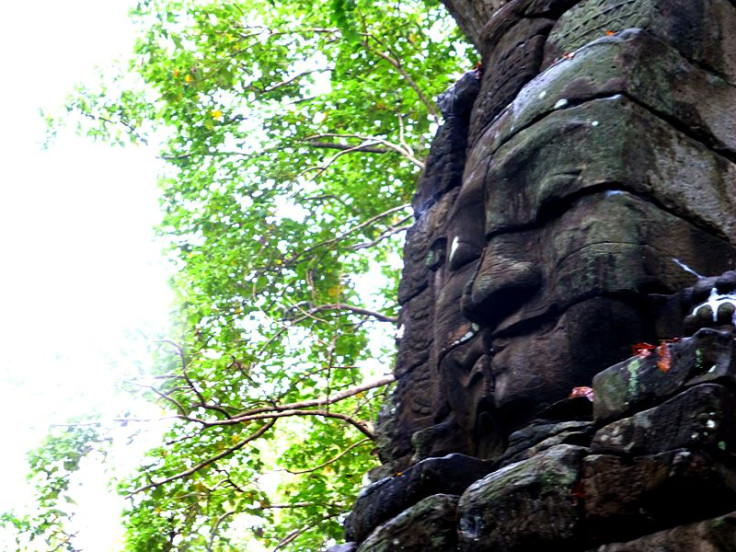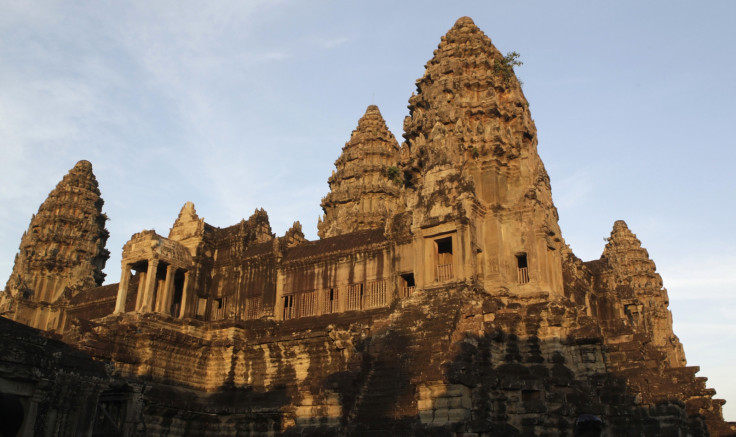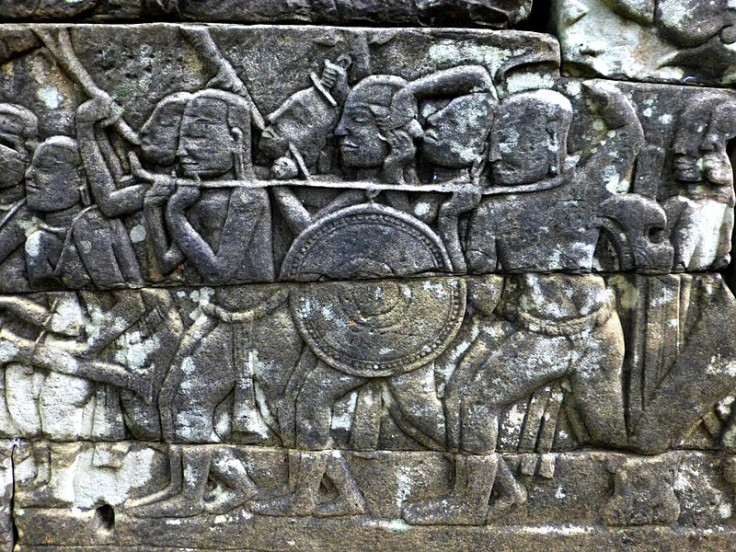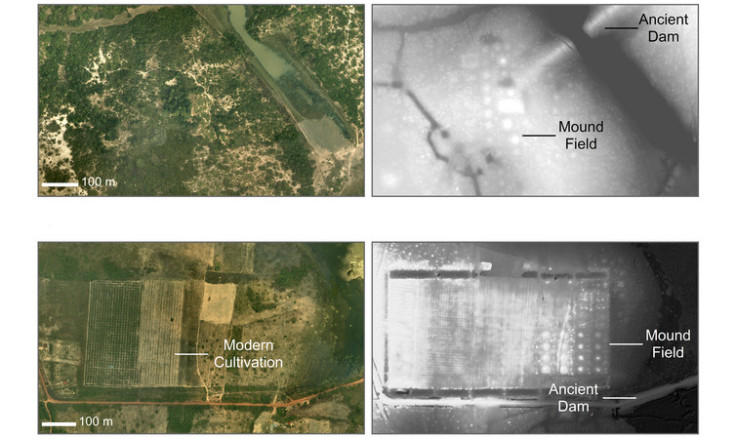Banteay Chhmar: How Cambodia's ancient cities are boosting tourism and community development
As vast ancient cities are discovered, sustainable tourism is helping conserve Cambodia's cultural heritage.

Amongst the millions of tourists who flock to Cambodia each year most travel the well-trodden paths to and from Angkor Wat, however few visit the remote, relatively undiscovered site of Banteay Chhmar. Not only are the levels of tourist numbers at Angkor Wat becoming a burden on both the archaeology and infrastructure of the site, but there is also a growing notion that tourism sites can and should be sustainable economic drivers for local communities.
Banteay Chhmar is a shining example of this approach in action and, with new archaeological discoveries shedding further light on the scale and significance of the Khmer civilisation and the site itself, this hidden monument is just waiting to emerge from the shadows of the encroaching jungle.
Located in north-western Cambodia, experts have suggested that Banteay Chhmar was a military centre during the 12<sup>th – 13<sup>th centuries at the height of the Khmer empire's power and played a key role in defence and civil governance. According to Dr Peter Sharrock of SOAS, it might also have supported a revolutionary public health and hospital network.
Indeed, the scale and complexity of Banteay Chhmar's infrastructure and engineering suggests that it was likely to have been a twin hub of the empire along with Angkor. The grand plans of King Jayavarman VII saw a the construction of a 1km arcaded enclosure wall around the temple, carved with detailed bas-reliefs telling the story of the Ancient Khmer, depicting royal processions, battles and exquisite Buddhist images.

For almost 1,000 years, the site has been the victim of both the relentless march of the jungle and systematic pillage and looting, including several unique friezes of the multi-armed Avalokiteshvara deities. The inner temple complex slowly collapsed and many of the once proud face-towers disappeared into the undergrowth. This situation worsened during Cambodia's civil war in the 1970s. Since 1992, the site has remained among Cambodia's top-listed sites for nomination to UNESCO's World Heritage List.
In 2008, Global Heritage Fund began exploratory conservation work at the site and, in partnership with the Cambodian Ministry of Culture and Fine Arts and the APSARA National Authority established a wide-ranging conservation, master plan and community development project at the site.
Part of this has involved the development of the Community-Based Tourism (CBT) to help local people living and working around Banteay Chhmar both acquire a deep understanding of the site and benefit from it economically and socially. Mobilising local people around the protection of endangered monuments is fundamental to GHF's work and is critical for creating projects, which dually serve social and heritage preservation needs.
There will always be arguments over the impact that tourism has on historic sites and local people with the footfall in places like Angkor resulting in calls for tourist caps, but the CBT approach is entirely focused on sustainability. While private businesses benefiting from tourist hotspots retain their profits, the CBT income from visitors is for the benefit of the villagers and, to date, has seen funds reinvested in initiatives such as waste collection, a children's library and the opening of a local restaurant.

For tourists, the unique experience of the CBT offers the chance to delve into the life and culture of rural Cambodia through homestays in a traditional wooden 'slit house'. Added extras like guided excursions to remote temples and a village concert may at first glance appear to be generic 'tourist traps' but the hospitality of the villagers and the relatively small numbers of intrepid visitors means that events like a traditional krapeu (sitar) concert in a clearing near the temple entrance quickly feels more like a family party than a tourist performance.
The remoteness of the site is both a blessing and a curse. Tourists arrive having travelled via a combination of bus, shared taxi and even tuk-tuk on what was once a series of gravel and dirt roads which formally offered effective protection of the site, however the new and improved road from the resort town of Siem Reap will certainly bring more visitors and connect up the supply lines for the conservation project.

This conservation work has already seen major success, including reassembly of around 70% of the vertical sections of south-east sector wall, restoration of one of the famous face towers and conservation of the stunning bas-reliefs. New archaeological discoveries revealed by a recent lidar aerial survey of the site have further revealed the extent of the work yet to be done and the scale of the Khmer achievements in construction; sites such as quarries, geometric urban designs, canal and reservoir systems are giving archaeologists and historians new insight into the socio-economic landscape of the Khmer empire.
2015 saw a year on year increase in CBT tourists of 8%, and a 20% increase in total income. The project continues to go from strength to strength and this, coupled with additional projects such as private guided tours with academics, are helping generate the much needed funds to ensure the rich cultural heritage of Cambodia is protected for future generations and continues to have a positive impact on the daily lives of the people closest to it.
Cathy Giangrande is Director of Global Heritage Fund UK
© Copyright IBTimes 2025. All rights reserved.






















